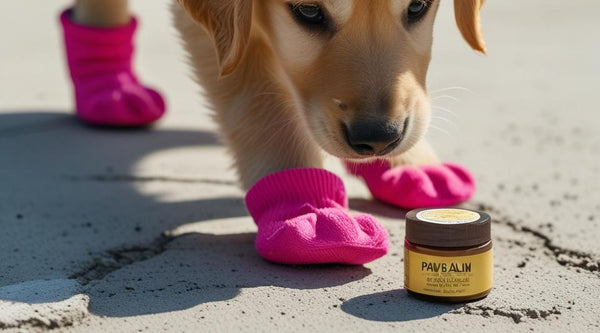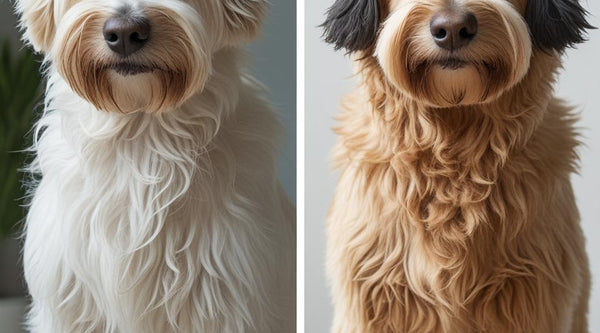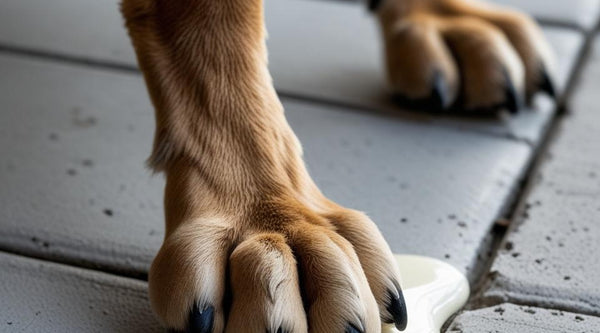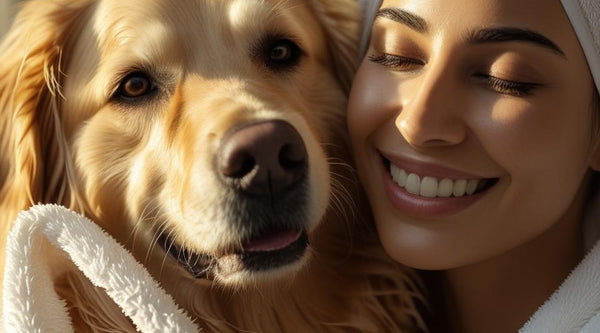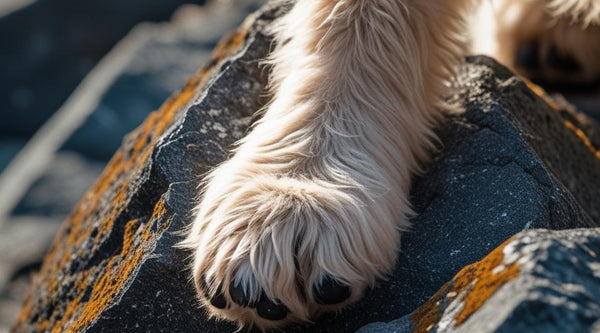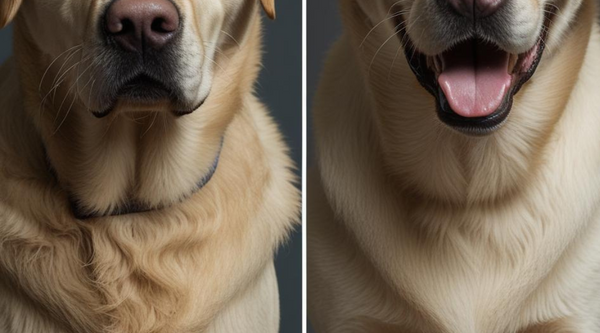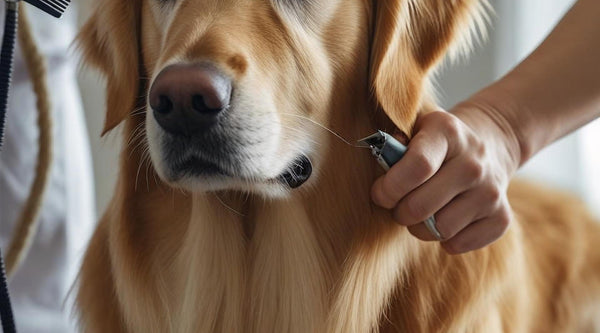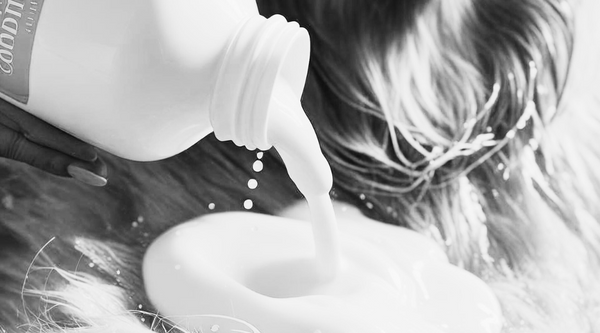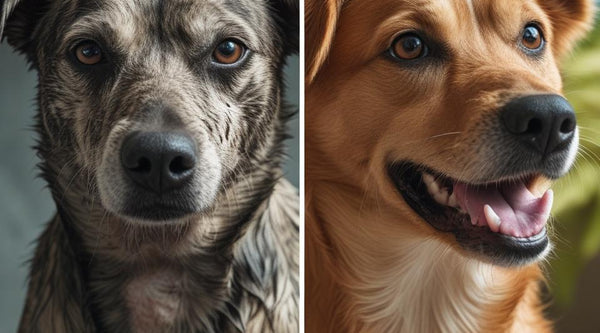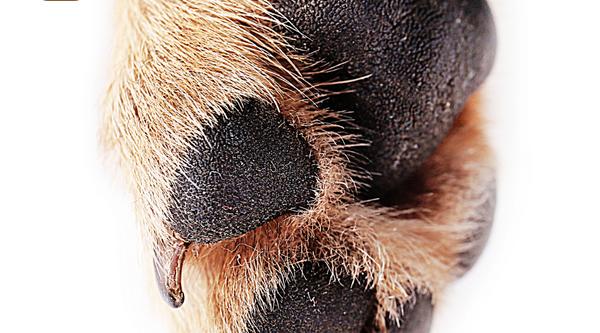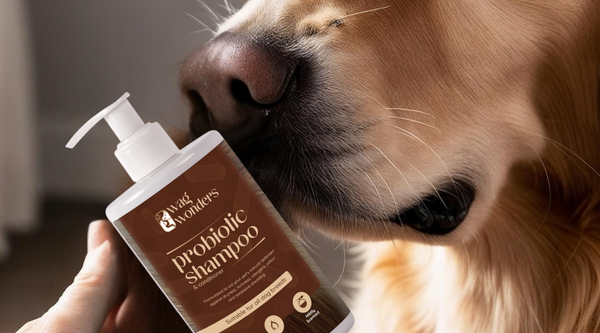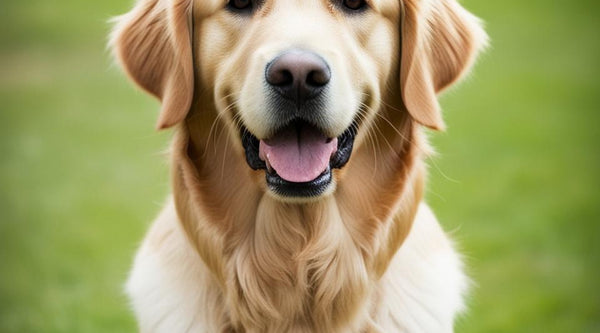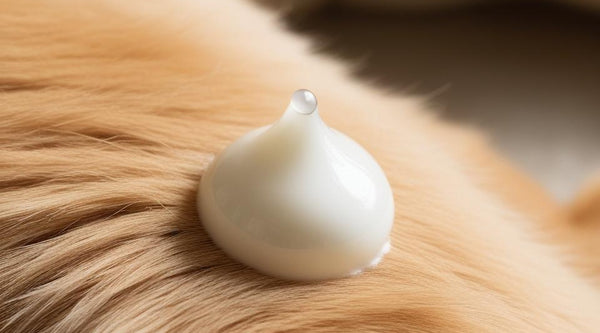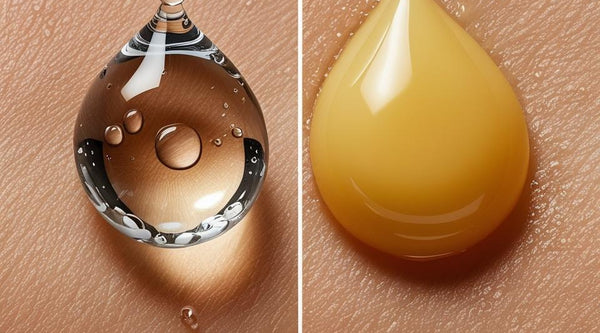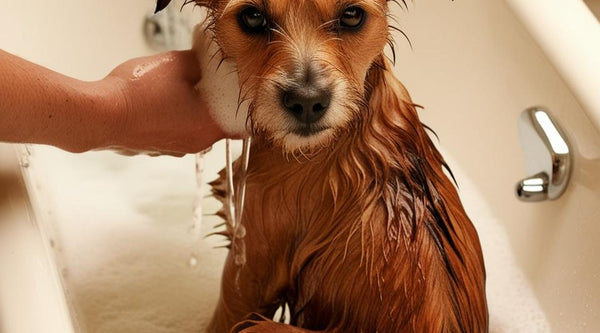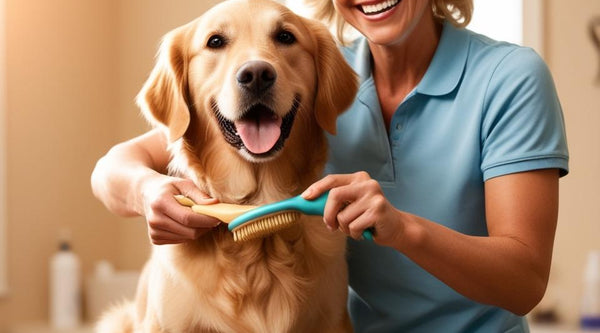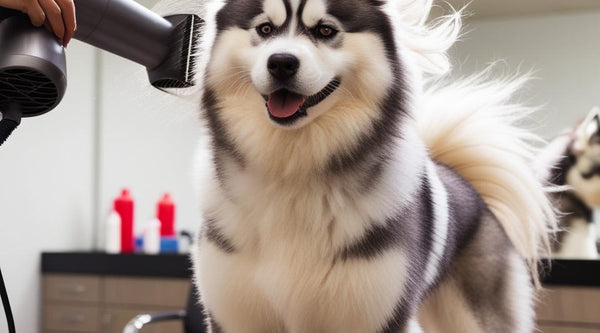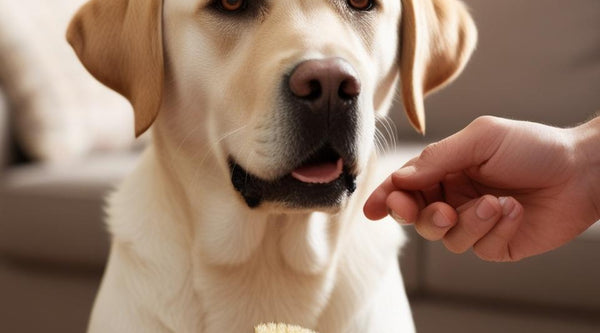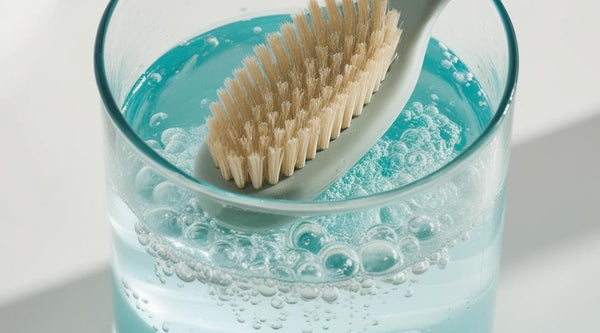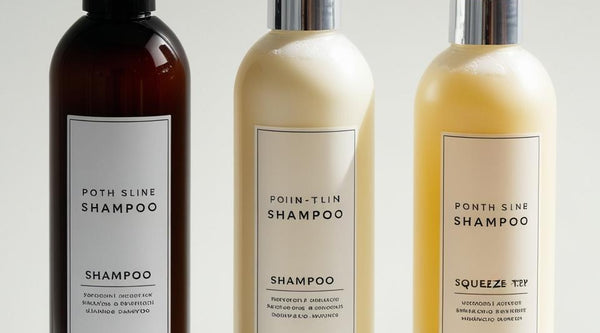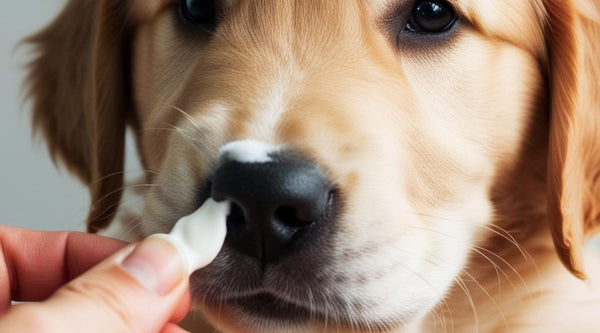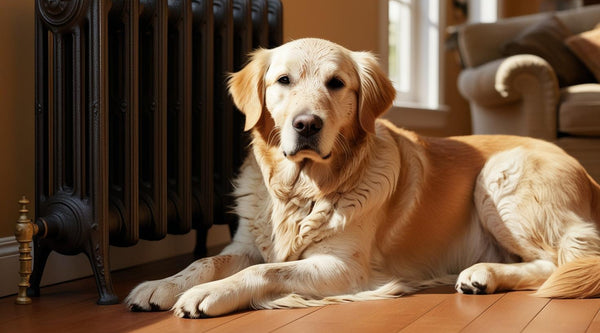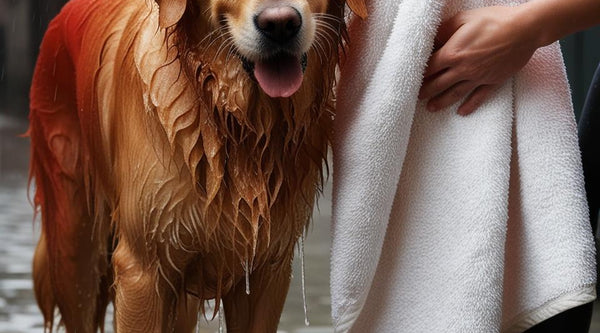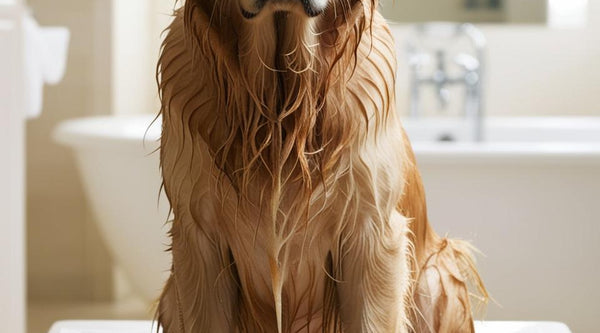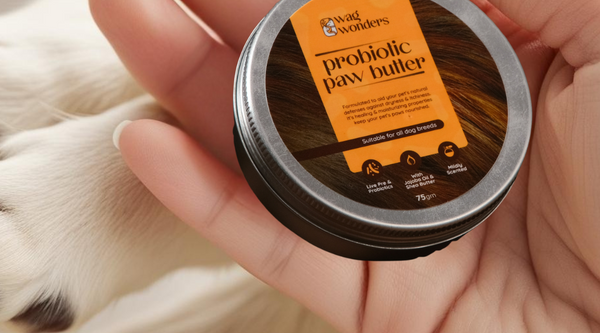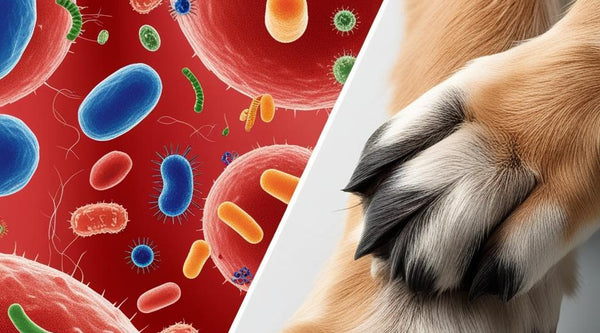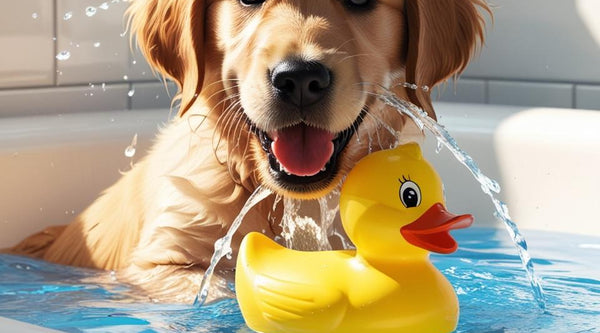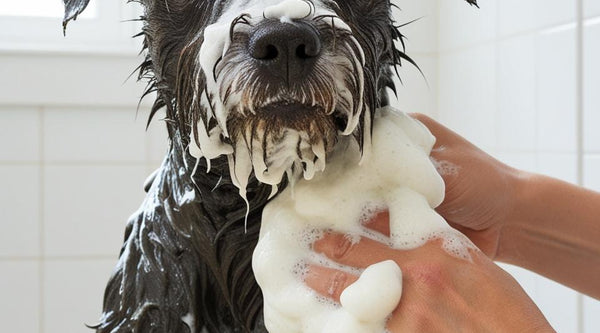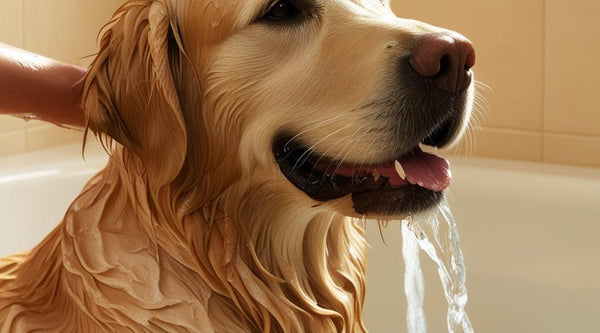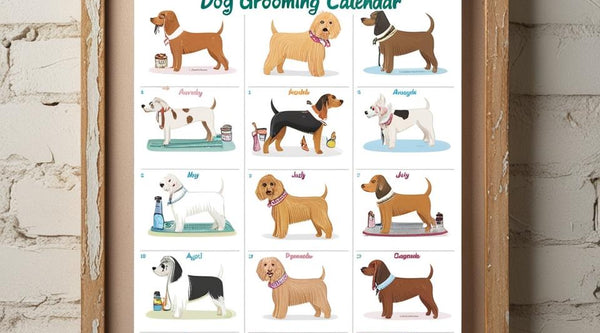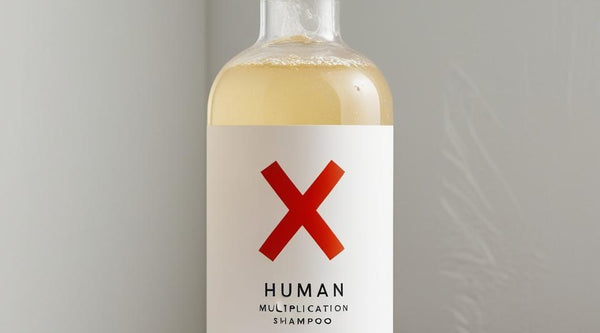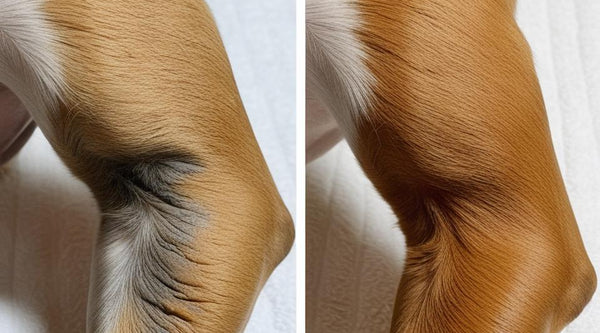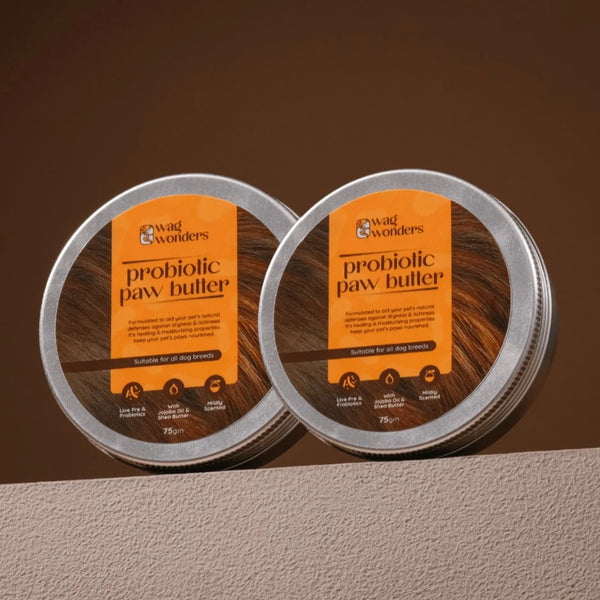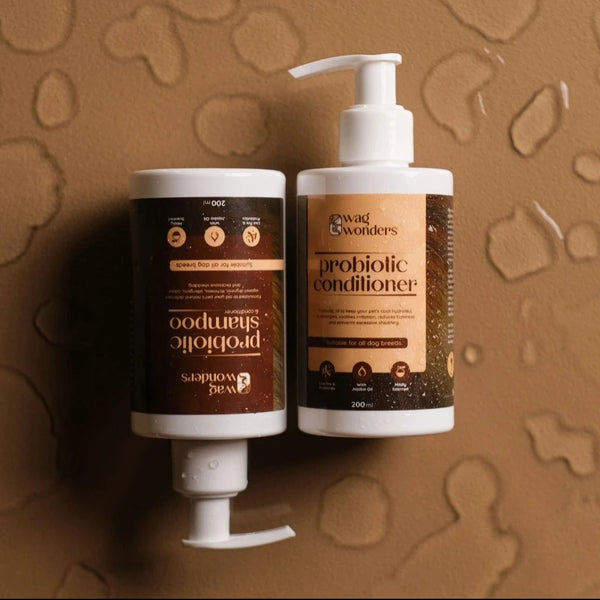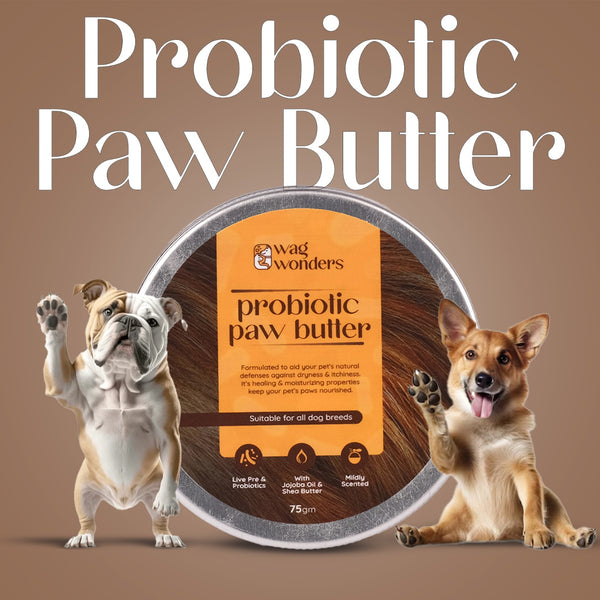Grooming for Dogs with Allergies: Tips and Tricks
If your dog seems constantly itchy, develops red or flaky skin, or suffers from recurring hot spots, allergies could be the root cause. Dog skin allergies can stem from a variety of triggers—environmental factors, food sensitivities, or even grooming products themselves.
But here’s the good news: with the right grooming routine, you can significantly reduce allergic flare-ups and support your dog’s overall skin health. Let’s explore smart, safe, and science-backed grooming tips for allergic dogs—and how pre- and probiotic products can make a big difference.
🧪 Understanding Allergic Skin in Dogs
Allergic reactions in dogs often manifest on the skin. Unlike humans, dogs express allergies through:
-
Excessive scratching and licking
-
Red, inflamed skin or rashes
-
Chronic ear infections
-
Hair loss and flaky skin
These signs often indicate a damaged skin barrier and imbalanced skin microbiome, making grooming more than just a cosmetic concern—it becomes essential health care.
🌿 Why the Skin Microbiome Matters
Your dog’s skin is home to a community of beneficial bacteria, fungi, and microbes—the skin microbiome. When this microbiome is healthy, it:
-
Strengthens the skin’s natural barrier
-
Fights off harmful pathogens
-
Helps regulate inflammation
However, frequent allergic reactions can disrupt the microbiome, weakening your dog’s skin defenses. That’s where prebiotic and probiotic grooming products come in.
🛁 Grooming Tips for Allergy-Prone Dogs
1. Use a Prebiotic Dog Shampoo
Traditional shampoos can strip your dog’s skin of its natural oils and microbiota, worsening allergies. Instead, opt for a prebiotic dog shampoo designed to:
-
Soothe irritation without harsh ingredients
-
Rebalance the skin’s microbial ecosystem
-
Cleanse gently, avoiding further disruption
Pro tip: Bathe your allergic dog once every 2–3 weeks unless advised otherwise by a vet. Overbathing can aggravate dog skin allergies.
2. Condition and Moisturize After Every Bath
Post-bath care is crucial for dogs with sensitive skin. A prebiotic dog conditioner helps:
-
Replenish moisture
-
Calm inflammation
-
Protect the skin barrier between baths
Look for conditioners with natural oils and microbiome-friendly ingredients.
3. Apply Paw Butter to High-Risk Zones
Dogs with allergies often show symptoms on their paws, elbows, and noses. Use a paw butter daily to:
-
Protect cracked or itchy skin
-
Act as a barrier against allergens like grass, dust, and floor cleaners
-
Deliver soothing relief with natural, probiotic-enriched formulas
4. Brush Regularly to Remove Triggers
Brushing isn’t just for coat maintenance—it helps remove pollen, dander, and dust mites from your dog’s fur. Choose soft brushes and be gentle around inflamed areas.
For short-haired breeds, brushing 2–3 times a week is sufficient. For long-haired or double-coated breeds, aim for 4–5 times a week.
🚫 What to Avoid in Grooming for Allergic Dogs
If your dog is allergy-prone, avoid grooming products that contain:
-
Artificial fragrances or dyes
-
Sulfates (SLS/SLES)
-
Parabens and alcohols
-
Essential oils (some can be too harsh for sensitive skin)
Instead, choose hypoallergenic, microbiome-supporting products free from common irritants.
🩺 When to Consult a Veterinarian
While grooming helps manage skin allergies, persistent symptoms may require medical attention. Speak to your vet if your dog experiences:
-
Open sores or bleeding from scratching
-
Constant ear infections
-
Sudden onset of symptoms
-
No improvement after consistent grooming changes
A vet may recommend allergy testing, dietary changes, or prescription medications alongside your grooming routine.
🐾 Support Allergic Skin with the Right Products
Managing dog skin allergies isn’t just about what you avoid—it’s about what you include. Products that actively support your dog’s skin microbiome with prebiotics and probiotics help your pet build natural resilience over time.
At [Your Brand Name], our dog shampoo, conditioner, and paw butter are formulated with gentle, microbiome-friendly ingredients designed specifically for sensitive, allergy-prone dogs.
✅ Final Takeaway
A thoughtful grooming routine is one of the best defenses against dog skin allergies. With the right tools—like prebiotic grooming products, regular brushing, and targeted hydration—you can ease your dog’s discomfort and protect their skin’s natural balance.
Help your dog feel better in their skin—naturally.


